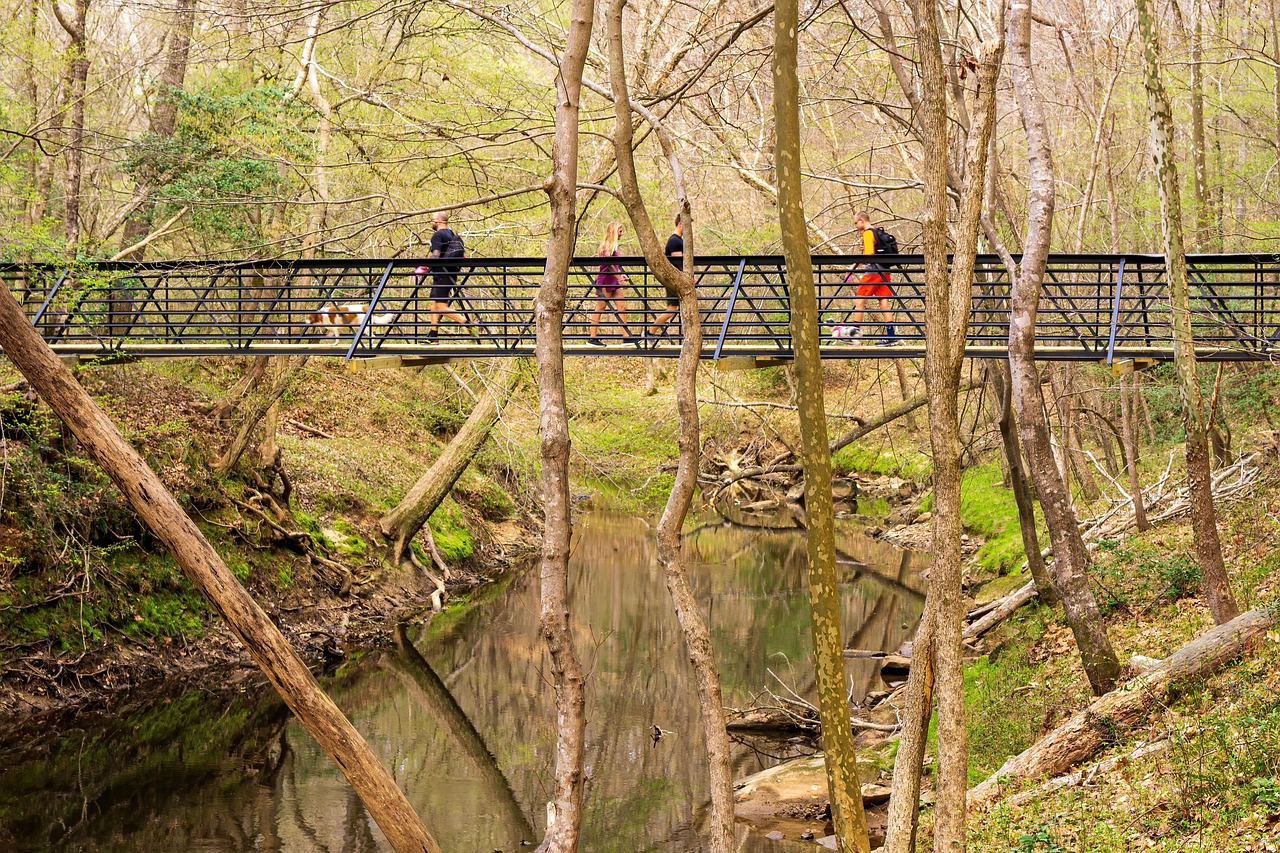Introduction to Raleigh’s Evolving Cityscape
Raleigh, the vibrant capital of North Carolina, is undergoing a transformation that is redefining its skyline. The city, once characterized by its remnants of the past, such as old warehouses and historic buildings, is now witnessing the rise of new developments that are blending the lines between tradition and modernity. As an experienced journalist in the field, it’s intriguing to observe how these changes are affecting the community and the city’s overall identity. For those who have been following the narrative of urban development, as detailed in respected publications, it’s evident that Raleigh’s story is one of reinvention and growth.
The Role of Old Warehouses in Raleigh’s History
Old warehouses, once the backbone of Raleigh’s industrial sector, have played a significant role in shaping the city’s history. These structures, some of which date back to the early 20th century, have witnessed the city’s transformation from an agricultural hub to a thriving metropolis. Over the years, as the industrial landscape of the city changed, many of these warehouses were left abandoned, standing as reminders of a bygone era. However, with the recent surge in urban development, these old warehouses are finding new life as they are repurposed into trendy boutiques, restaurants, and residential spaces.
A New Wave of Development
The new developments springing up across Raleigh are not only changing the city’s skyline but are also redefining how its residents live, work, and interact. Modern high-rise buildings, state-of-the-art amenities, and green spaces are becoming increasingly common, offering a contrast to the historical architecture of the city. This blend of old and new is creating a unique urban experience that is attracting a diverse population of young professionals, families, and retirees. According to recent data, this influx of new residents is contributing to a vibrant cultural scene, with art galleries, music venues, and a thriving food scene emerging in the heart of the city.
Challenges and Opportunities
As with any significant change, the intersection of old warehouses and new developments in Raleigh comes with its set of challenges and opportunities. On one hand, the preservation of historical buildings and the integration of modern amenities are enhancing the city’s appeal and providing a high quality of life for its residents. On the other hand, issues such as gentrification, increased housing costs, and the potential loss of the city’s historical character are concerns that need to be addressed.
Gentrification and Community Impact
Gentrification, a common phenomenon in areas undergoing urban renewal, is a significant concern in Raleigh. As new developments and businesses move into formerly industrial or service-class neighborhoods, there is a risk of displacing long-time residents and small, independent businesses. However, when managed thoughtfully, gentrification can also bring much-needed investment and resources to underserved areas, improving the quality of life for all residents. The key lies in finding a balance that preserves the community’s essence while embracing change.
Policy and Planning Initiatives
To navigate these challenges, Raleigh’s city planners and policymakers are implementing various initiatives. These include zoning regulations that encourage mixed-use development, incentives for historic preservation, and community engagement programs to ensure that the needs and concerns of all stakeholders are considered. By taking a proactive and inclusive approach, the city aims to create a vibrant, sustainable, and equitable environment for everyone.
Questions and Answers
For those interested in the specifics of Raleigh’s changing skyline, here are some answers to frequently asked questions:
- What is driving the growth of new developments in Raleigh? The city’s strong economy, driven by sectors such as technology and healthcare, is attracting new residents and businesses, leading to an increase in development.
- How are old warehouses being repurposed? Many are being converted into residential lofts, offices, restaurants, and retail spaces, contributing to the city’s vibrant cultural and economic scene.
- What efforts are being made to preserve the city’s historical character? The city has implemented preservation programs and offers incentives for the adaptive reuse of historic buildings, ensuring that Raleigh’s past is integrated into its future.
Urban Development Data
To better understand the scope of Raleigh’s transformation, consider the following statistics:
| Category | 2010 | 2020 | Projected 2025 |
| Population | 403,892 | 479,332 | 513,000 |
| New Residential Units | 1,500 | 5,000 | 7,500 |
| Commercial Developments | 500,000 sq ft | 2,000,000 sq ft | 3,500,000 sq ft |
These numbers illustrate the rapid growth and development occurring in Raleigh, underscoring the need for thoughtful planning and community engagement.
Looking Forward
As Raleigh continues to evolve, its residents, visitors, and investors are presented with a unique opportunity to be part of a city that is boldly reimagining its future. By embracing the blend of old and new, Raleigh is poised to become a model for sustainable urban development, where history and innovation coexist in harmony. Whether you’re a long-time resident or just discovering the city, Raleigh’s changing skyline promises an exciting and ever-changing landscape that is sure to captivate and inspire. In conclusion, the story of Raleigh’s transformation is one that highlights the potential for cities to evolve while retaining their character, a narrative that will undoubtedly continue to unfold in the years to come.
